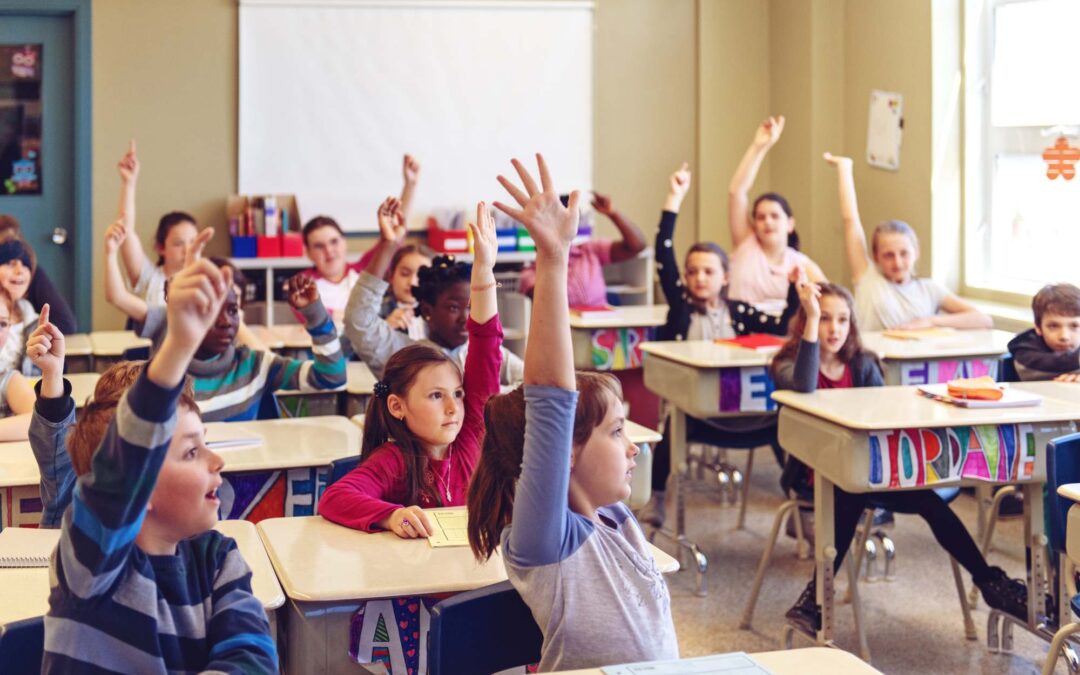The new school year is already underway, and as classrooms fill with eager minds, keeping students engaged remains a top priority for educators. Cathy Tooley, CEO of Tools for Success, shares a straightforward yet impactful student engagement strategy in a recent YouTube video on the Tools for Success Channel. What’s the strategy, well it’s simple, yet effective… Be Quiet. That’s right, teachers can use silence to foster student engagement.
It might seem counterintuitive, but allowing moments of silence after posing a question or assigning an activity encourages deeper thinking and active participation. Teachers often fill every moment with instructions, but stepping back and letting students explore fosters independence and critical thinking skills.This approach not only engages students more effectively but also aligns with research showing that higher engagement correlates with better academic performance and overall student success.
A recent initiative by the U.S. Department of Education in 2023 highlights the significant role of student engagement in academic success, especially in the context of academic recovery from the COVID-19 pandemic. This initiative underscores the critical importance of student engagement and support in enhancing academic outcomes, emphasizing that engaged students are more likely to recover from missed instructional time and achieve higher academic success.
Why does this matter? Because engagement is not just about keeping students busy—it’s about empowering them to take ownership of their learning journey. The most impactful learning happens when students are allowed to explore, make mistakes, and find solutions on their own. So, as you step into your classroom, remember to pause, listen, and let your students lead the way.

5 Additional Proven Strategies to Boost Student Engagement and Academic Success
- Create a Student-Centered Learning Environment: Encourage active learning through group projects, presentations, and discussions. Research shows that student-centered learning environments improve understanding and retention of information.
- Utilize Technology for Engagement: Leverage interactive digital tools, like quizzes and educational games, to make lessons more engaging. According to studies, students using these tools show greater learning gains
- Encourage Collaboration and Open Discussion: Create a classroom culture where students feel safe to share their ideas. Collaborative learning environments enhance critical thinking and improve academic performance.
- Provide Immediate Feedback: Offering timely feedback helps students understand their progress and stay engaged in the learning process. Immediate feedback is linked to higher achievement and sustained interest.
- Connect Lessons to Real-Life Scenarios: Make learning relevant by linking content to real-world applications. When students see the practical value of what they are learning, their motivation and engagement increase.
Student engagement goes beyond keeping students occupied; it’s about empowering them to take control of their own learning process. Studies show that engaged learners are statistically 2.5 times more likely to succeed academically, underlining the importance of an interactive and involved classroom environment.
Join the Conversation! Share your top student engagement strategies in the comments below. Let’s collaborate to make this school year the most engaging and successful yet!
Don’t forget to subscribe to our channel for additional resources, tips, and advice for K -12 educators, administrators, parents and caregivers Tools for Success YouTube channel.

